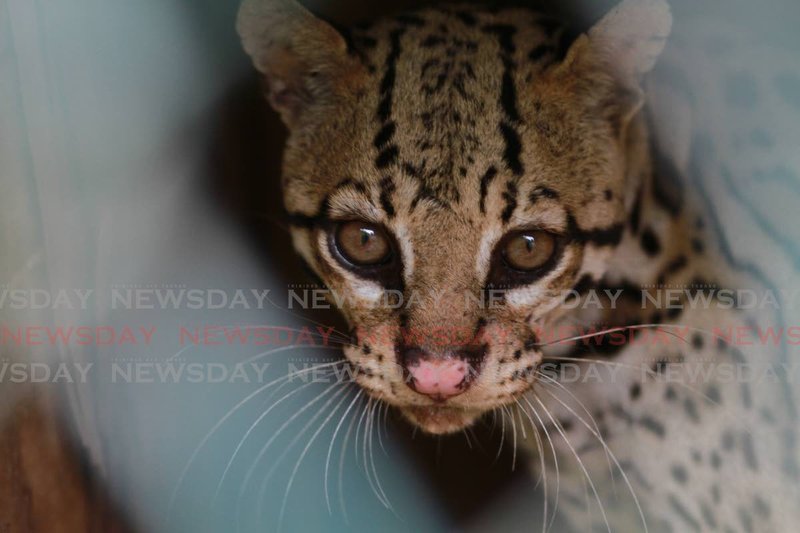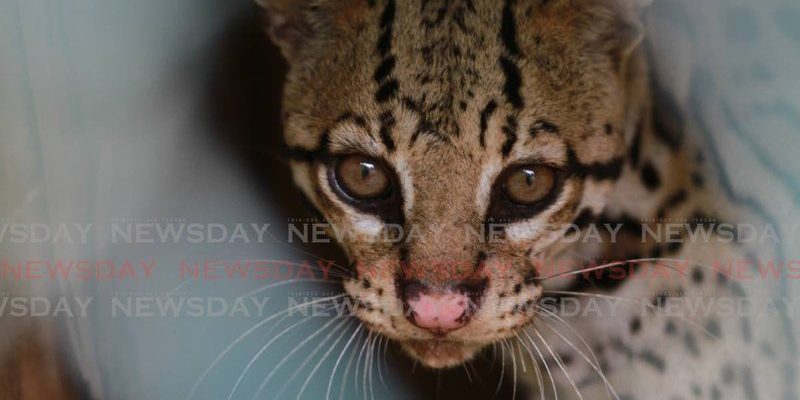
Honestly, the answer isn’t as straightforward as you might think. Ocelots are wild animals, and like all wild creatures, they have instincts and behaviors that can sometimes lead to dangerous situations. So, let’s take a deeper dive into the world of ocelots and explore their nature, behavior, and potential risks to humans. Think of it like peeling back the layers of an onion—there’s more to see than just the pretty surface.
Understanding Ocelots: A Quick Overview
Ocelots are medium-sized wild cats found primarily in the tropical forests and grasslands of South America, Central America, and parts of Texas in the United States. They are known for their distinctive fur patterns, which resemble that of a larger leopard but on a much smaller scale. Weighing between 20 to 35 pounds and measuring around three feet long, ocelots are agile and skilled hunters.
These cats primarily hunt at night, using their keen senses to track down prey like rodents, birds, and small mammals. Their solitary nature means they’re generally not seen in groups, which can make encounters with humans less common. However, when they do cross paths with people, you might wonder how they behave. Are they as friendly as house cats or more inclined to protect their territory?
Are Ocelots Aggressive Towards Humans?
Let’s get this out there: ocelots are not typically aggressive towards humans. They prefer to avoid confrontation whenever possible. Think of them as the introverted friends of the cat world—they’d much rather hide behind a bush than engage in a fight. Most of the time, if an ocelot feels threatened, it will simply back away or run off.
That said, there are always exceptions. If an ocelot is cornered or feels that its young are at risk, it might act defensively. Here’s the thing: while they can inflict harm if provoked, such situations are rather rare. Unlike larger big cats like tigers or lions that actively seek out prey, ocelots tend to see humans as too big and too strange to bother with.
Can Ocelots Carry Diseases?
Another aspect to consider when discussing the danger of ocelots is their potential to carry diseases. Just like other wild animals, ocelots can be hosts to parasites and illnesses that might transfer to humans. Some diseases that may be associated with ocelots include rabies, leptospirosis, and various ticks and fleas that can carry other infectious agents.
While the risk of contracting a disease from an ocelot is low, it’s still a possibility, especially if someone tries to approach or handle one. Always remember that wild animals are best appreciated from a distance. If you do encounter an ocelot in the wild, it’s wise to observe calmly and give them plenty of space to roam.
How Ocelots Interact with Humans
In areas where ocelots live, humans often have a love-hate relationship with these wild felines. On one hand, they play a crucial role in the ecosystem by controlling rodent populations. On the other hand, ocelots can sometimes prey on livestock, leading to conflicts with farmers.
Interestingly, some communities have learned to coexist with ocelots peacefully. For instance, in certain areas of Central America, local farmers have implemented measures to protect their livestock while allowing ocelots to thrive. These include building protective enclosures or using guard animals, all aimed at minimizing confrontation and fostering a respectful relationship.
So, how do locals view ocelots? Many see them as a vital part of their natural heritage, serving as a reminder of the wild beauty around them. This admiration can help foster conservation awareness, emphasizing the importance of preserving ocelots and their habitats.
Ocelots as Pets: A Risky Endeavor
You may be tempted to think ocelots could make exotic pets, given their captivating appearance. But let me explain why this is a risky idea. First off, ocelots are still wild animals. They have instincts and requirements that domesticated pets simply don’t.
Keeping an ocelot as a pet can lead to serious consequences, both for the animal and for the owner. These cats need a large territory to roam, a varied diet, and a stimulating environment. Most importantly, they can display unpredictable behaviors that might pose a danger to untrained owners.
Many people have romanticized the idea of owning a wild cat, but it’s crucial to remember that they thrive best in their natural habitats. Instead of trying to bring an ocelot into your home, consider supporting wildlife conservation efforts or visiting them in reputable sanctuaries where they can live out their lives safely and happily.
What To Do if You Encounter an Ocelot
If you’re lucky enough to spot an ocelot in the wild, it’s essential to know how to react. Here are some tips on what to do in this exciting yet potentially risky situation:
- Stay Calm: Maintain your composure. Ocelots are more likely to flee than to attack.
- Keep Your Distance: Use binoculars or a camera with a zoom lens to appreciate their beauty without getting too close.
- Don’t Approach: Never try to get closer to the ocelot. Approaching can make them feel threatened and may provoke defensive behavior.
- Observe Quietly: Enjoy the moment and take in the sight of this beautiful creature, but remember to stay silent and still.
Doing these things helps ensure both your safety and the well-being of the ocelot.
In summary, ocelots are fascinating creatures that play an important role in their ecosystems. While they can pose certain risks, particularly if threatened, the chances of a dangerous encounter with a human are quite low. They’re not the ferocious beasts we might think of when we imagine wild cats; rather, they’re more like shy, elusive spirits of the forest.
By understanding and respecting these captivating cats, we can learn to appreciate their place in nature without fear. So, if you see one in the wild, take a moment to enjoy the experience, but keep your distance. Remember, ocelots are best admired from afar, allowing them to live freely and beautifully in their natural habitats. Isn’t that a lovely thought?

